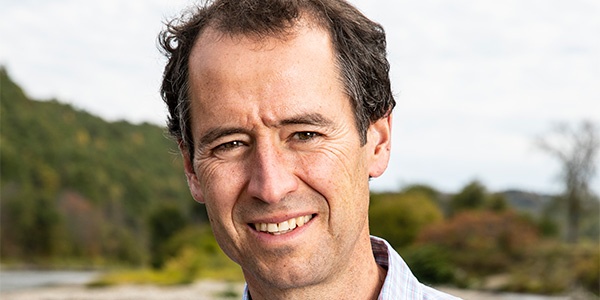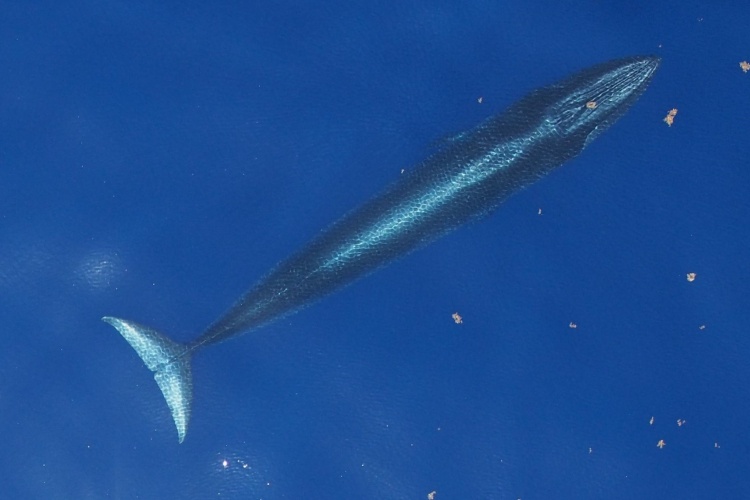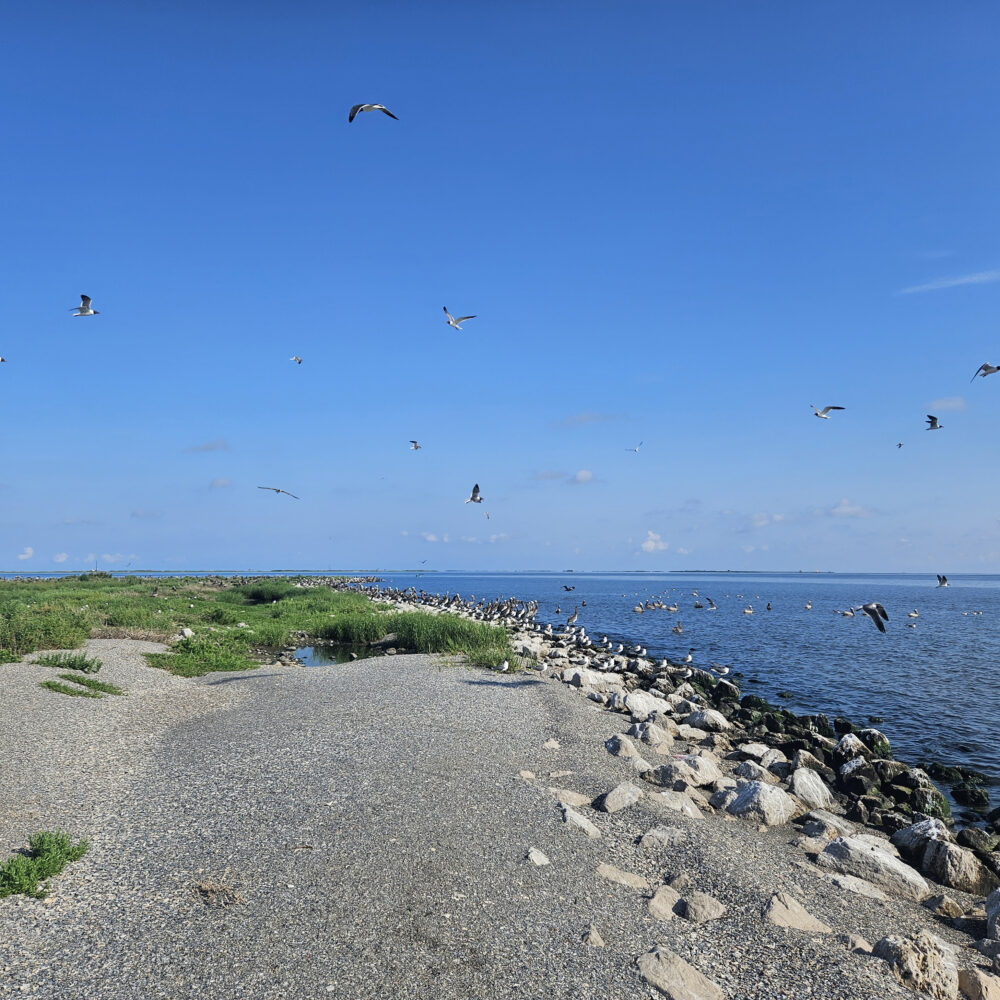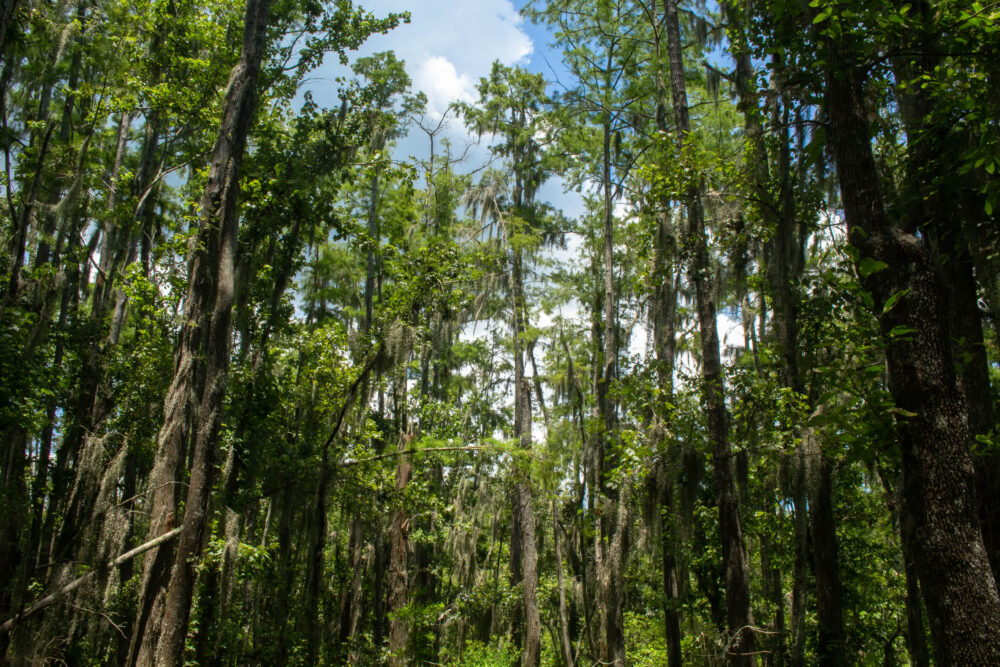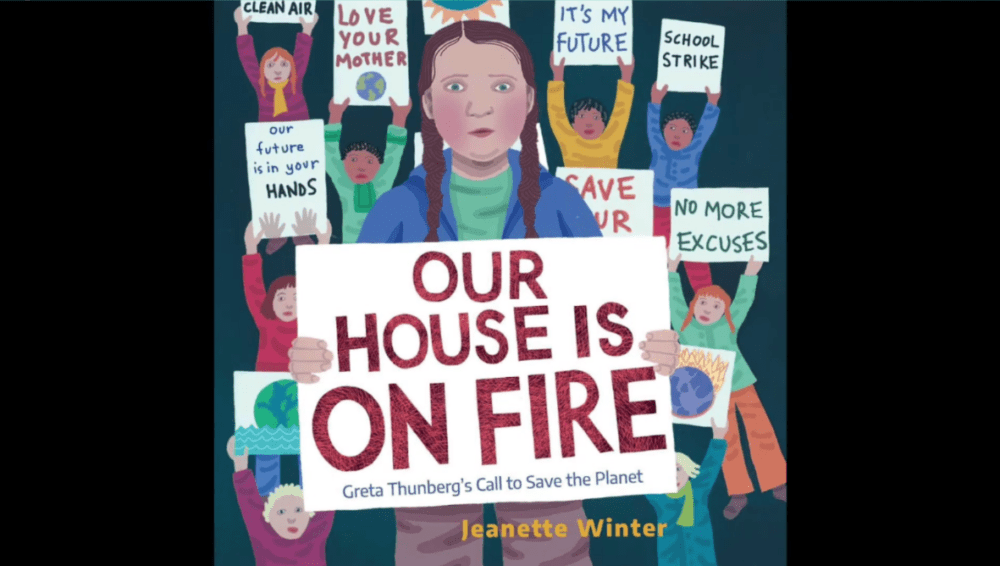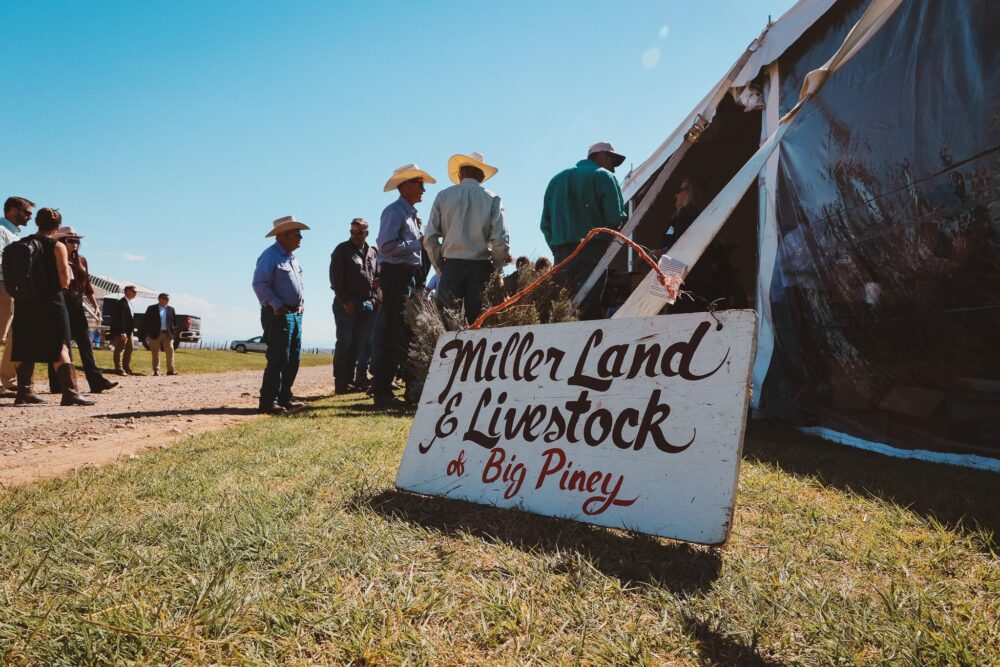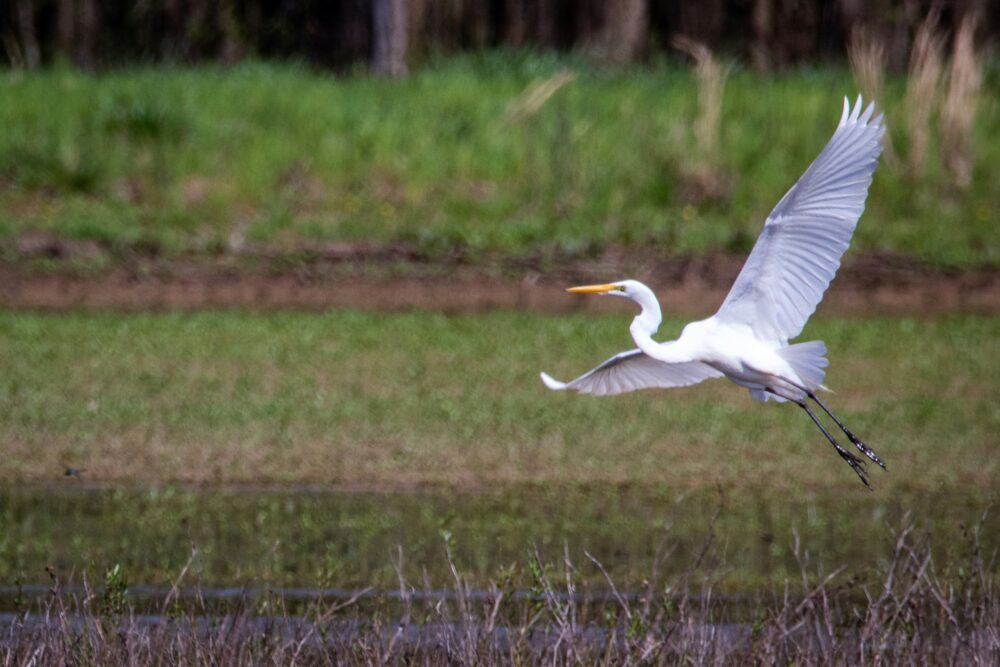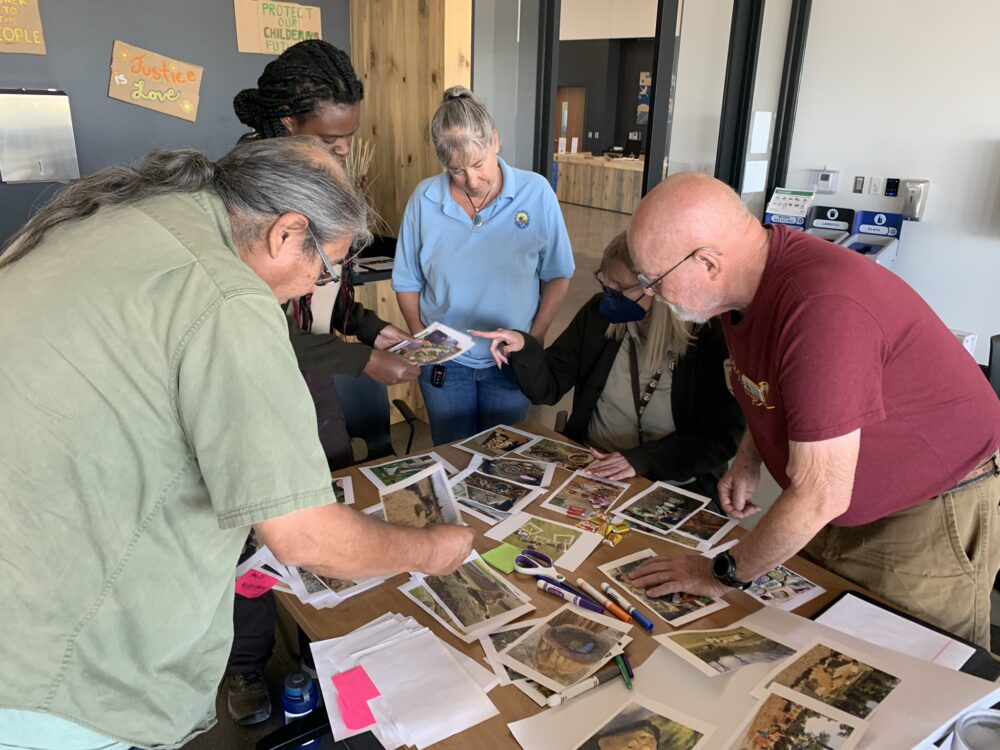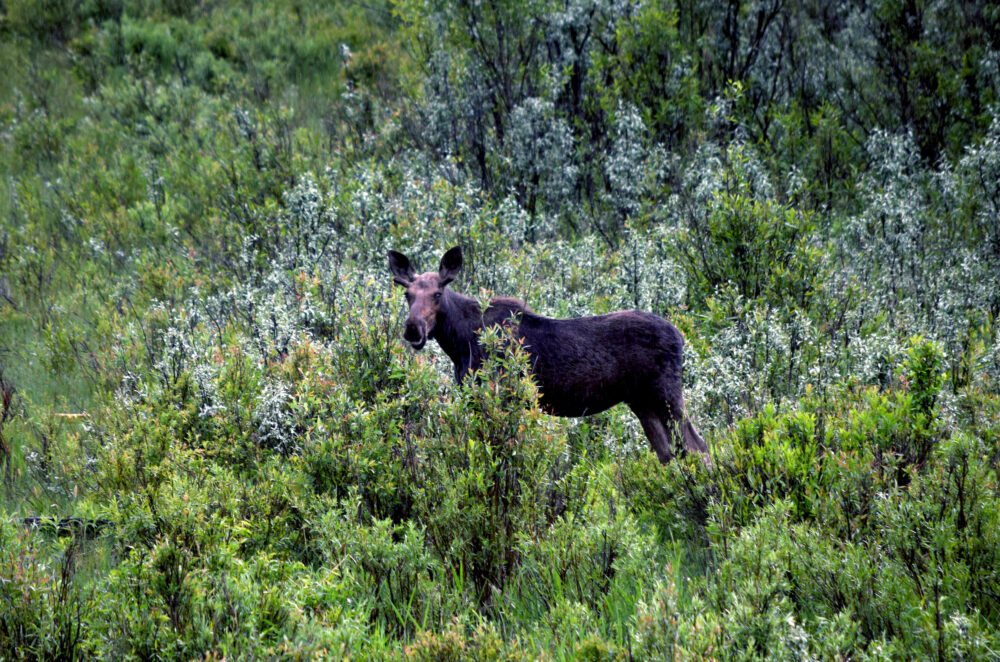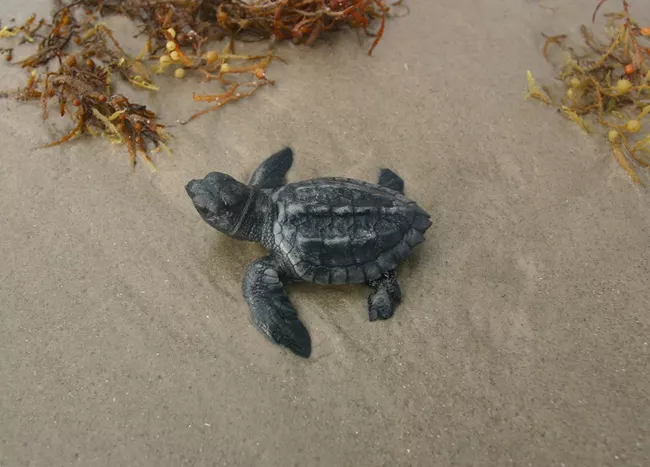We have much more to do and your continued support is needed now more than ever.
Looking Beyond “Energy Week” to a Thriving Energy Future for Wildlife

Last week was labeled Energy Week by the White House. Sadly, but not surprisingly, the rhetoric and ideas coming from the Administration could have led one to believe that it was the McKinley White House’s energy week. The theme was “energy dominance” with an emphasis on more fossil fuels and fewer protections for wildlife, people and the climate with nary a mention of clean, renewable energy.
Meanwhile, the journal Science just published dire and regionally specific analysis of what is in store if the emissions that cause climate change are not significantly and quickly reduced. The forecast is not a kind one. Climate change under a business as usual scenario threatens to hit some of our most vulnerable regions the hardest.
For instance:
-
Each degree Celsius of warming will cost the U.S. roughly 1.2% of gross domestic product.
-
By late this century, under a business as usual scenario, there is a 90% chance that the poorest third U.S. counties will experience damages between 2 and 20% of county income.
-
By the end of the century, climate change could result in mortality rates in southern states from Texas to North Carolina that are nearly twice the current rate of deaths due to car accidents.
-
Parts of the South and Southwest could see agricultural yields drop by 50% while energy prices could soar by 20% by century’s end.

States, Cities and Businesses Commit to Positive Change
While the rhetoric and policies coming from the White House may seem fit for a bygone era, governors, mayors and major corporations are singing a vastly different tune. Since the Administration’s withdrawal from the Paris Agreement – where over 190 countries pledged to act to reduce carbon emissions to safe levels for people and wildlife – there has been a bi-partisan outcry to move forward with the renewable energy economy that is already rapidly blooming.
This movement is heartening and reflects the reality that the world is turning the page on the fossil fuel era.
-
Hundreds of city mayors have committed to achieving the goals of the Paris Agreement, including mayors from over a hundred cities from Charleston, SC to San Diego who have pledged to power their cities completely with clean, renewable energy.
-
Over a dozen states and territories with both Republican and Democratic Governors, have promised to move forward with action to achieve the U.S. promises under the Paris Agreement.
-
A huge corporate upswell of companies including giants Apple to Google to Walmart and those concerned with outdoor recreation like REI, the Outdoor Industry Association and Patagonia are demanding clean, renewable energy and a commitment to the goals of the Paris Agreement.
As Republican Governors Charlie Baker of Massachusetts and Phil Scott of Vermont said in a letter to the Administration, “We believe maintaining this commitment [to the Paris Agreement] and the U.S. leadership on climate change is the right action for the protection of our children, grandchildren and future generations.”
Republican former officials and statesmen have also recently endorsed a new corporate initiative supporting a national carbon tax, joining the growing chorus of diverse supporters who see it as the best chance to stabilize climate quickly.
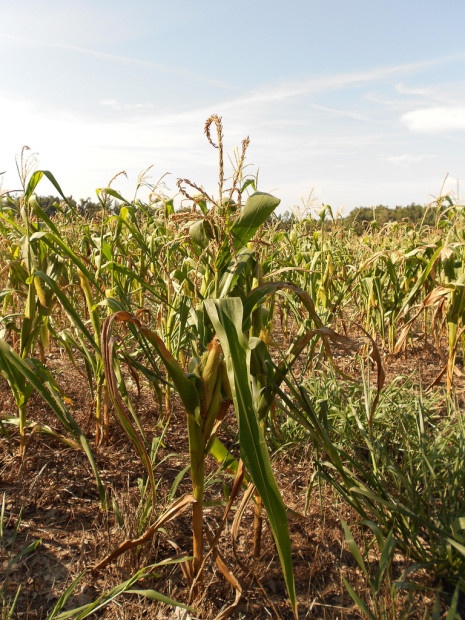
Building on Progress for People and Wildlife
Fortunately, especially given market forces that are increasingly favoring renewable energy, there is reason to think that progress can continue.
-
Wind and solar energy production reached 10% of U.S. power for the first time ever in March.
-
Between 2008 and 2016, wind energy costs have declined by more than a third while wind energy has grown by three times. Meanwhile, solar photovoltaic prices have dropped 85% over that period as solar generation has expanded 40 times. Over the last decade, wind energy production has accounted for about a third of all new U.S. energy production, with growth particularly strong in the Great Plains and Midwest where it accounts for about half of all new energy production. In Iowa, wind now provides about a third of all power.
-
Wind and solar job growth is soaring. Combined they employ almost 400,000 people. Meanwhile, coal, which employs about 70,000 people, has seen a decline in demand and production of about 30% over the last five years.
-
Massive gains have been made in advancing development offshore wind power, a largely untapped vast clean energy source far off the shores of our coast and well positioned to power our energy hungry coastal urban areas. Last week, Governor Baker and the Commonwealth of Massachusetts invited bids for an offshore wind farm large enough to power about 180,000 homes.
-
States that have already committed to carbon reducing policies are already seeing huge paybacks. The nine state Regional Greenhouse Gas Initiative – a system that places a price on carbon through a cap and trade mechanism for the power sector – has helped lower emissions more than 40% in the region since it went into effect less than a decade ago. Meanwhile, it has created thousands of jobs, more than $2.9 million in regional economic growth, saved consumers $618 million in energy bills, and provided public health benefits valued at $5.7 billion.
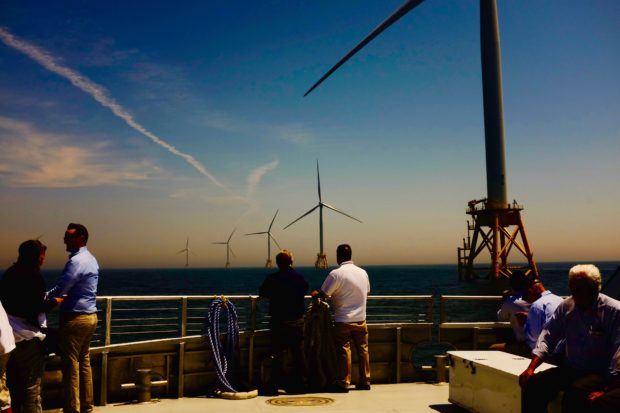
With significant momentum already building, states, cities, private sectors and regions are committed to continuing and accelerating the change towards a wildlife friendly clean energy future that lives up to the promises of the twenty-first Century, spurs American innovation, creates jobs and averts runaway climate change that imperils wildlife, our outdoor heritage and economy, and our communities.
Moving Forward
Moving forward, we can expand successful carbon reduction programs like RGGI to other states, like New Jersey which was previously a member, Virginia which made a recent commitment to reduce its carbon emissions, and Pennsylvania, which is poised to transition its economy from fossil fuels to use of cleaner sources.
Moving forward, we can continue progress expanding offshore wind power production, providing clean, wildlife friendly energy to major population centers on our coasts.
Moving forward, we can continue to build responsible onshore wind and solar power, providing jobs, revenue and affordable power to states in the heartland.
Moving forward, we can change the way we use our agricultural lands and forests to reduce carbon emissions, turning sources into sinks. We can invest in practices that reduce devastating and highly emitting forest fires, and use agricultural practices that sequester carbon in the soil while building healthier farm lands and creating habitat for wildlife.
Moving forward, we can press our national policymakers to craft legislative solutions to climate change, such as pricing carbon pollution so that the market reflects the societal costs of climate-altering pollution and speeds change towards cleaner industrial technologies.
This is the promising energy vision so many are embracing and realizing, with positive results. But we won’t make the progress we need quickly enough if we don’t all work together. Leaders from both sides of the aisle in Washington need to embrace the clean energy future that is being realized today, and the energy vision that allows the people and wildlife of tomorrow to thrive.

